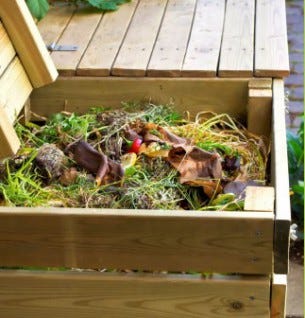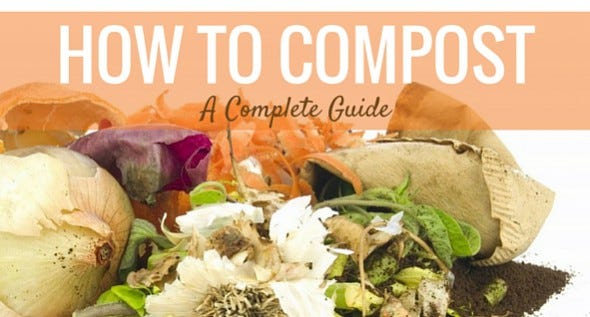
Fall is the perfect time to start a compost pile. Instead of burning leaves that have fallen from trees or bagging them up to be hauled away, use them to start your compost pile: You’ll save money, get free fertilizer and even help the environment, as you’ll avoid fire hazards and sending bags to a landfill.
The compost you start this fall can be used to help beautify your yard or garden next summer. Download our free guide for step-by-step instructions for composting including our expert tips and tricks to getting the most out of your compost pile. For a snapshot of what you’ll find, here are some tips for starting your compost with dead leaves:

- 1. Keep the pile between four and 10 feet in diameter and no taller than five feet high. This allows for proper airflow and temperature regulation.
- 2. Make sure the pile stays damp. If you’re not getting a lot of rain, you may need to use a garden hose — sparingly. If the pile gets too wet, it won’t decompose.
- 3. If you want to speed up the composting process, try shredding your leaves by mowing over them before adding them to the pile.
- 4. Rotate the pile monthly in warm temperatures and less frequently in cooler temperatures by moving the outside portions to the inside. If your pile smells bad, it’s time to rotate.
- 5. You’ll know the compost pile is done when it’s about half the size that you started with, is dark in color and smells earthy — a process which usually takes from four to nine months.
If you are still mowing your lawn, you can also add grass clippings to the compost pile. If your lawn is no longer growing, you will need to add food scraps or other green materials to get the pile into a composting state.
It is important that the pile keeps a four-to-one ratio of brown to green material: “Brown” material is dry or dead leaves, wood chips, straw, sawdust, cornstalks and newspaper, while “green” material is damp or more recently alive and includes grass clippings, food scraps, coffee grounds, manure and freshly removed plants.
Brown materials are carbon rich and green materials are nitrogen rich. Nitrogen is what causes compost pile to heat up and go through the actual decomposition process. If your pile is not decomposing, you may need to add more green material. If you have too much green in your pile, it will start to smell like ammonia.
You can start your pile in a bin or on the ground. Bins can be stationary or rotating and can be handmade or store bought. Handmade bins can be as simple as a ring of chicken wire around some garden posts, so don’t let costs or power tools deter you from starting your pile. Getting your lawn and garden ready for winter is the perfect time to start your compost pile so your homemade fertilizer will be ready when next summer comes around.
Find out more about the different types of composting, the benefits of composting and what materials you can safely compost in our how to compost guide. Click the photo below to read the full guide!





